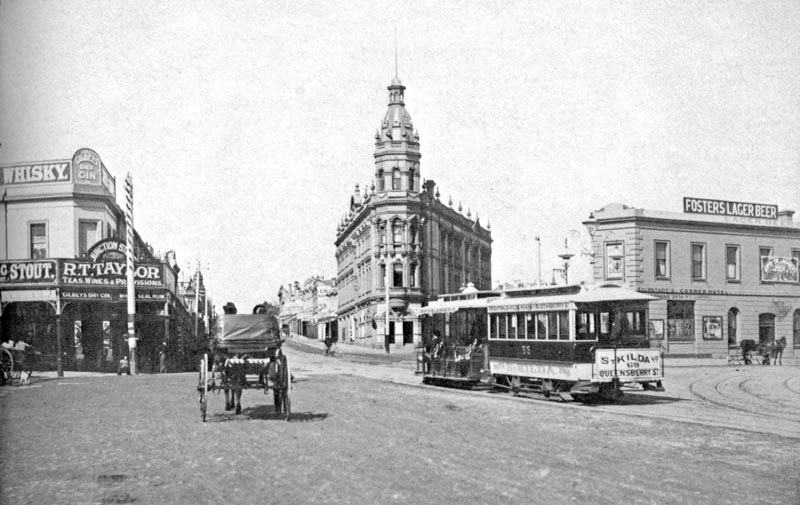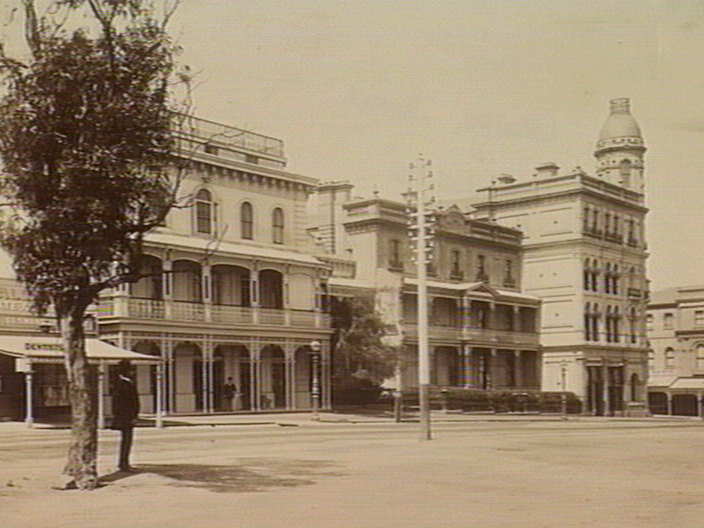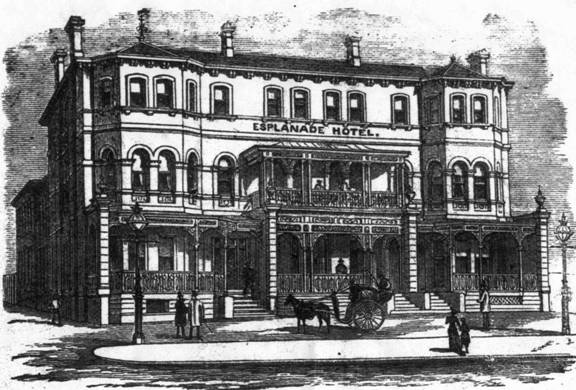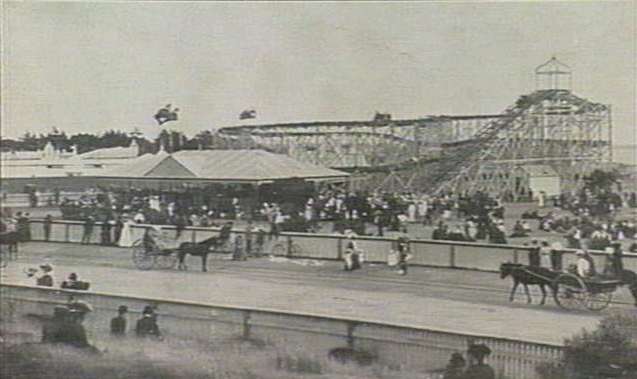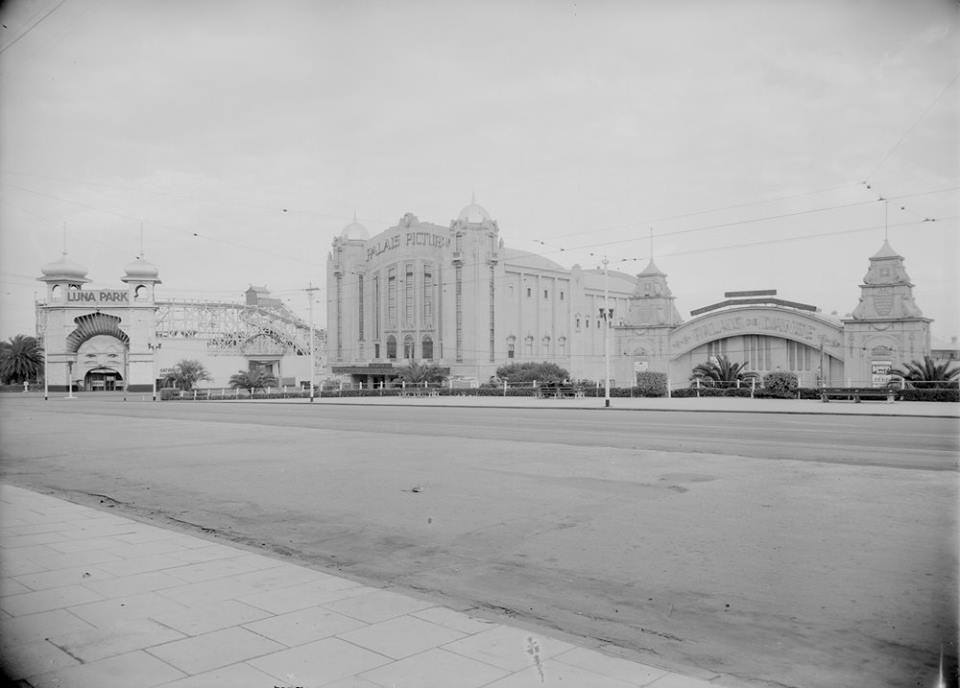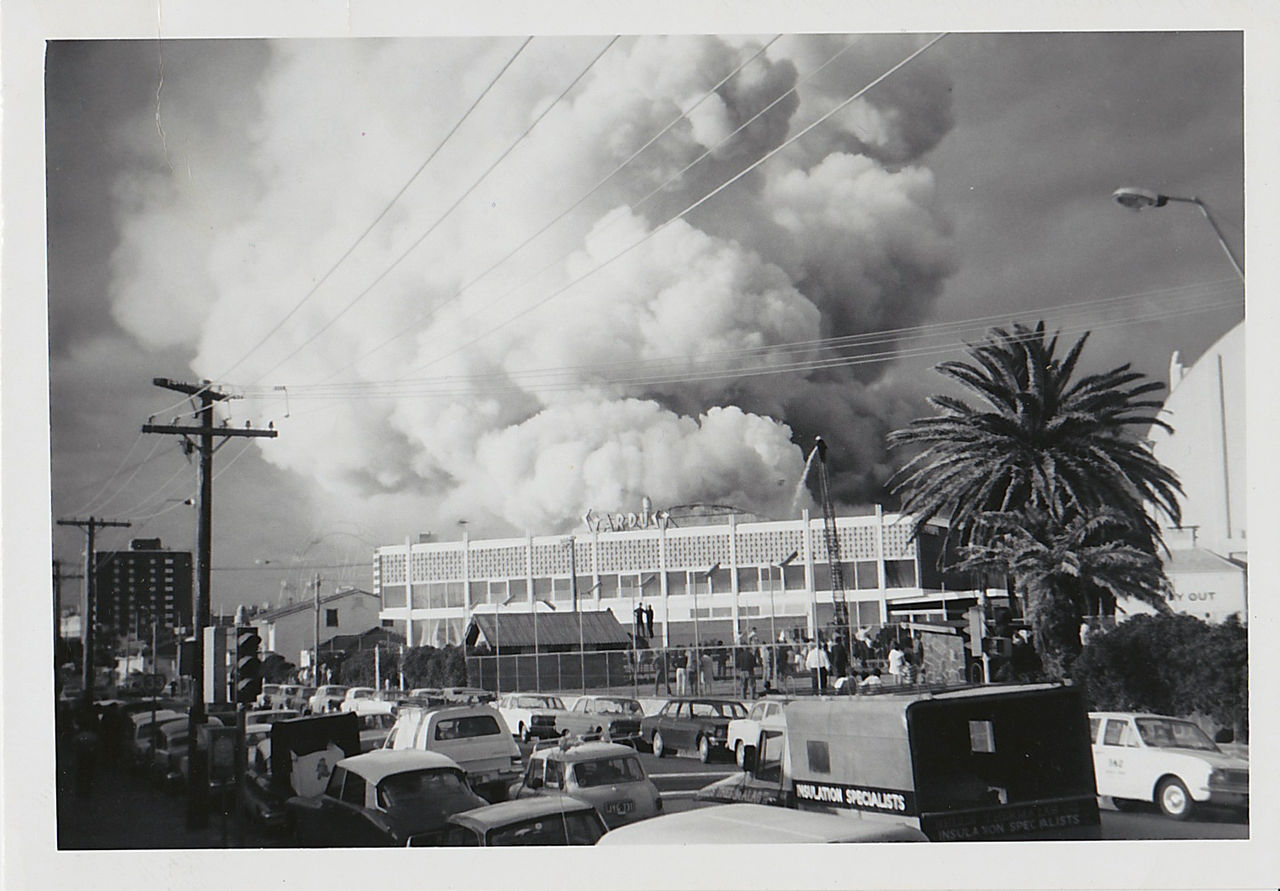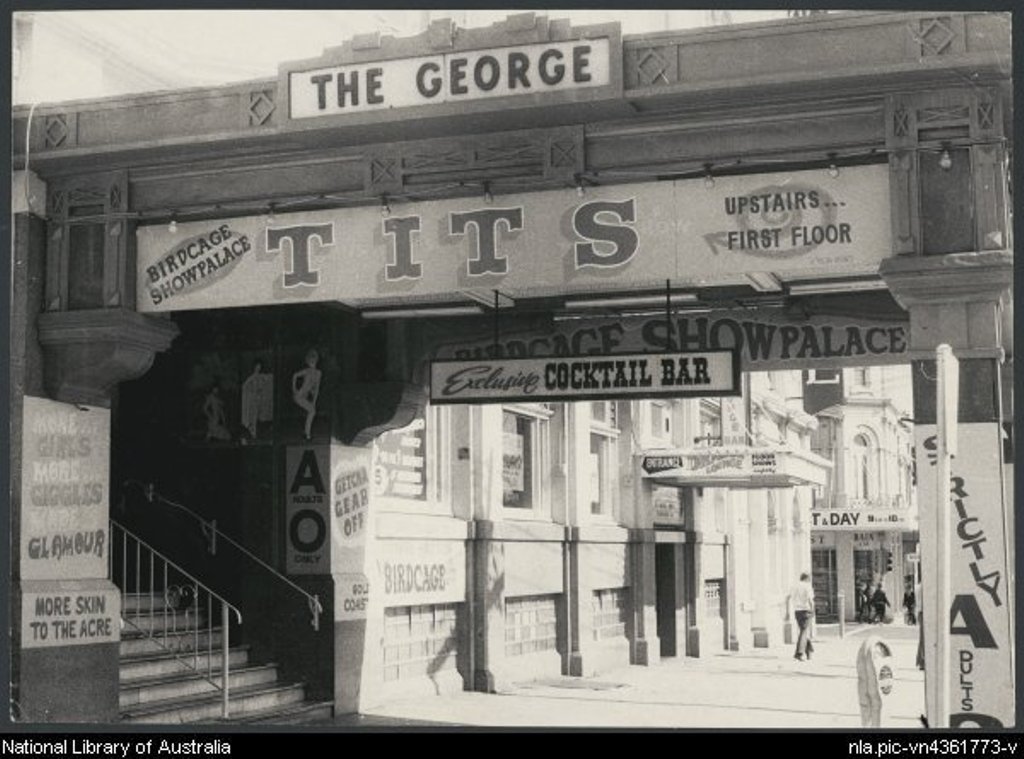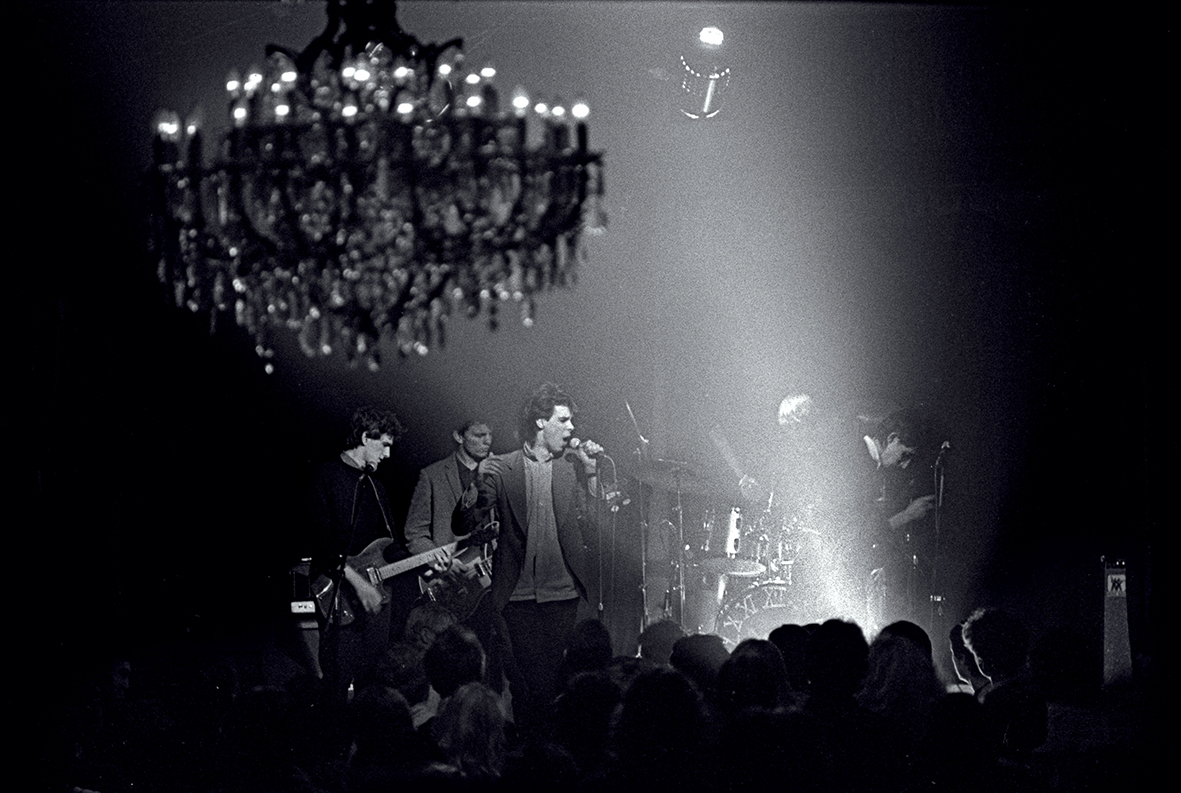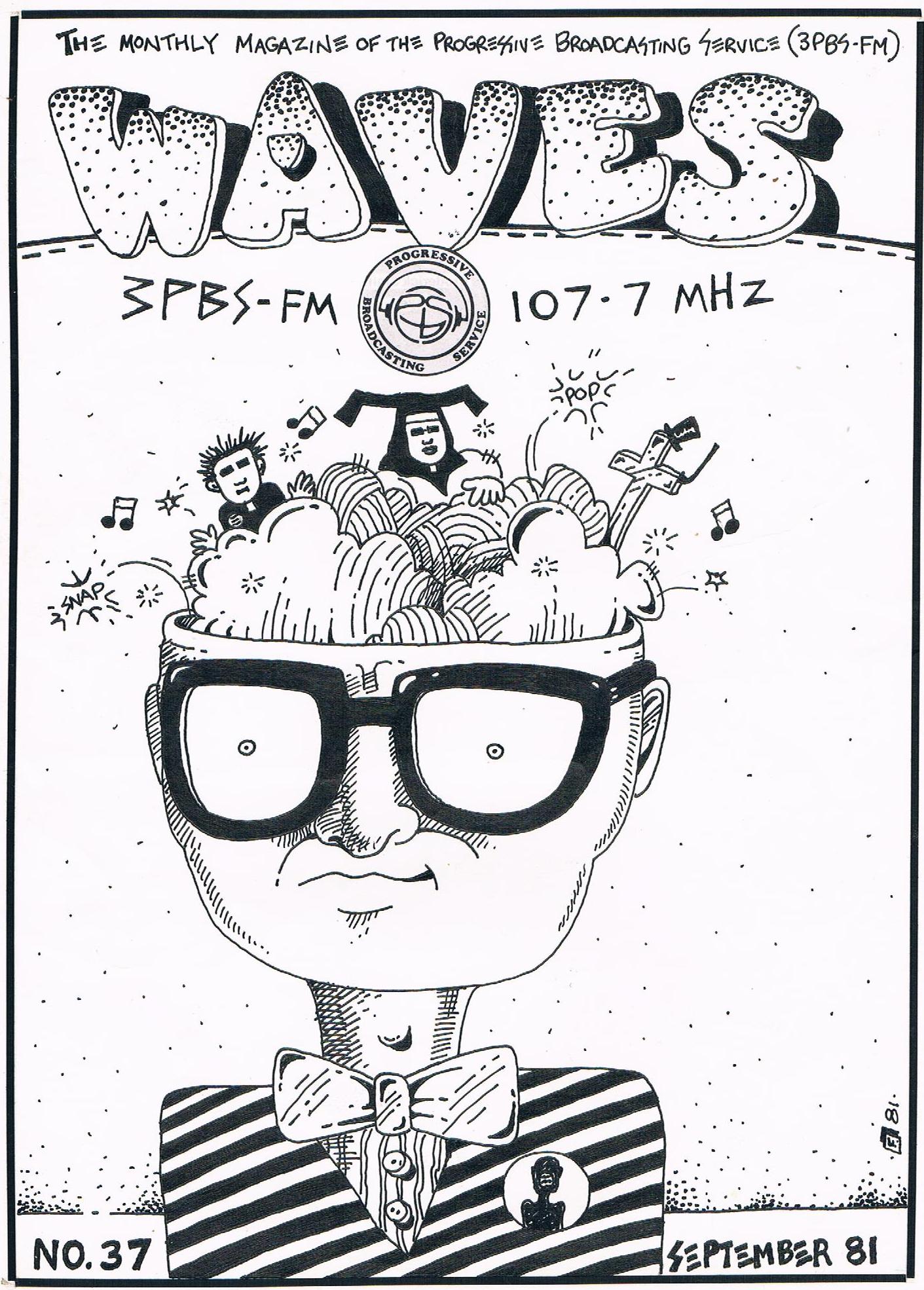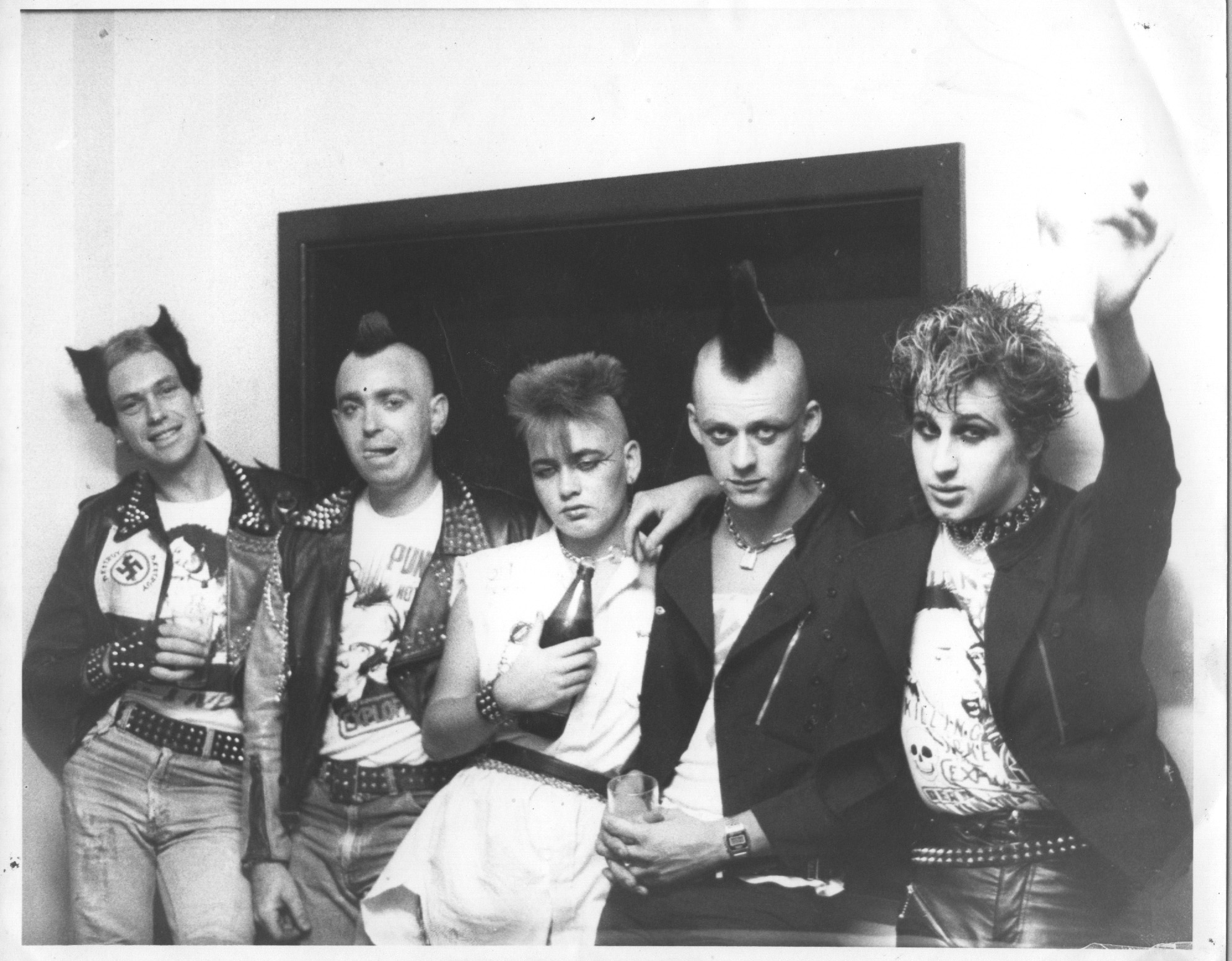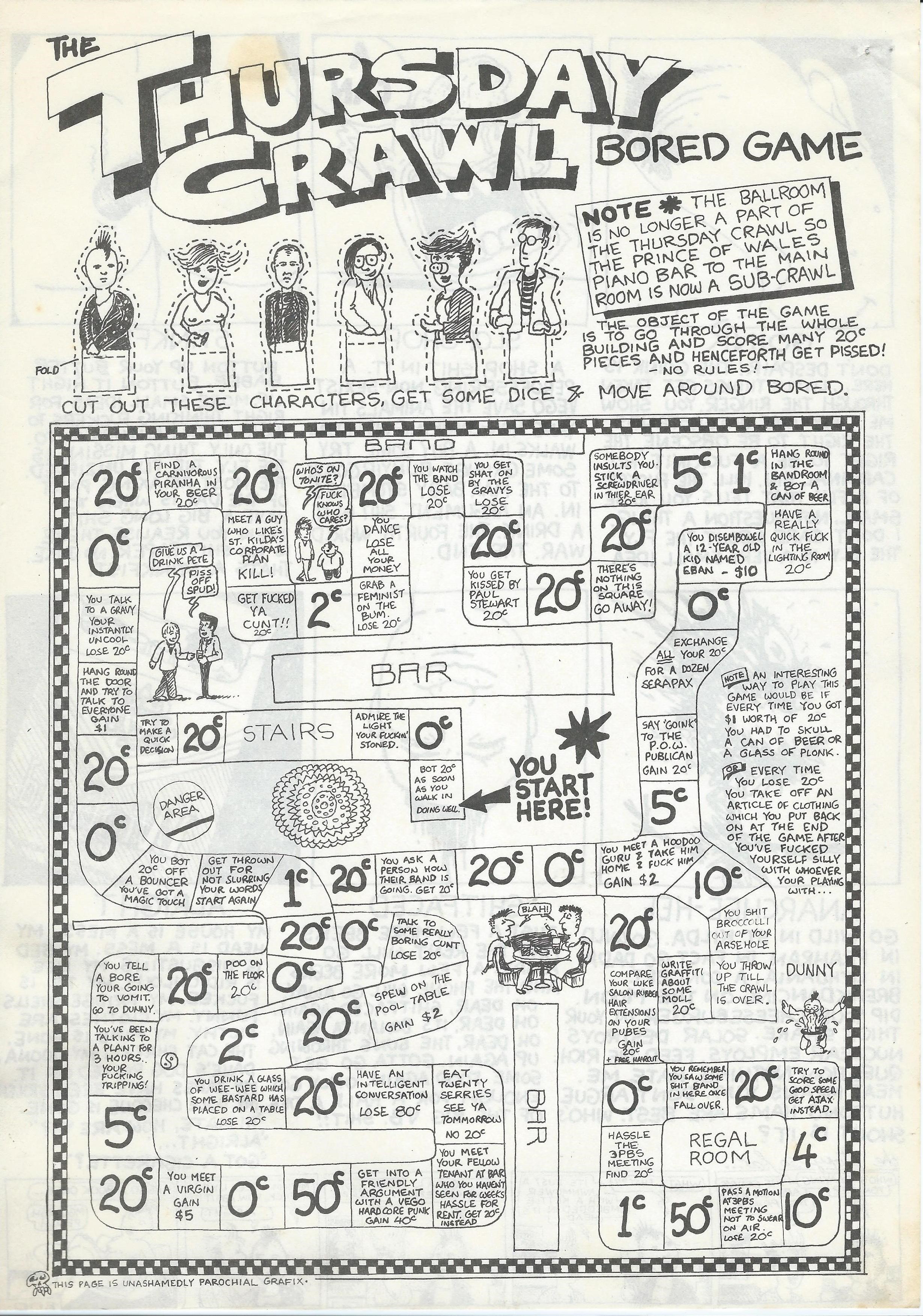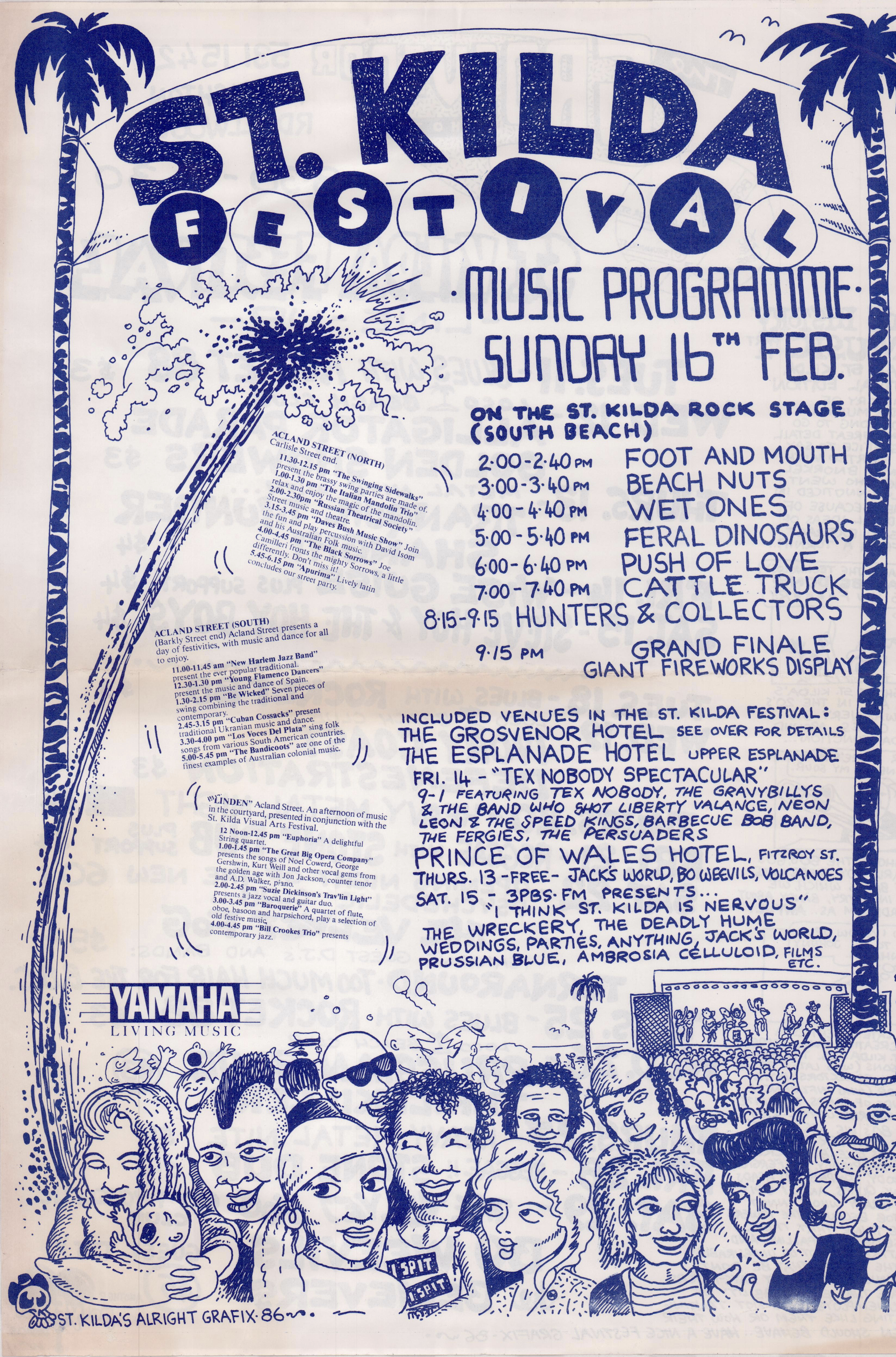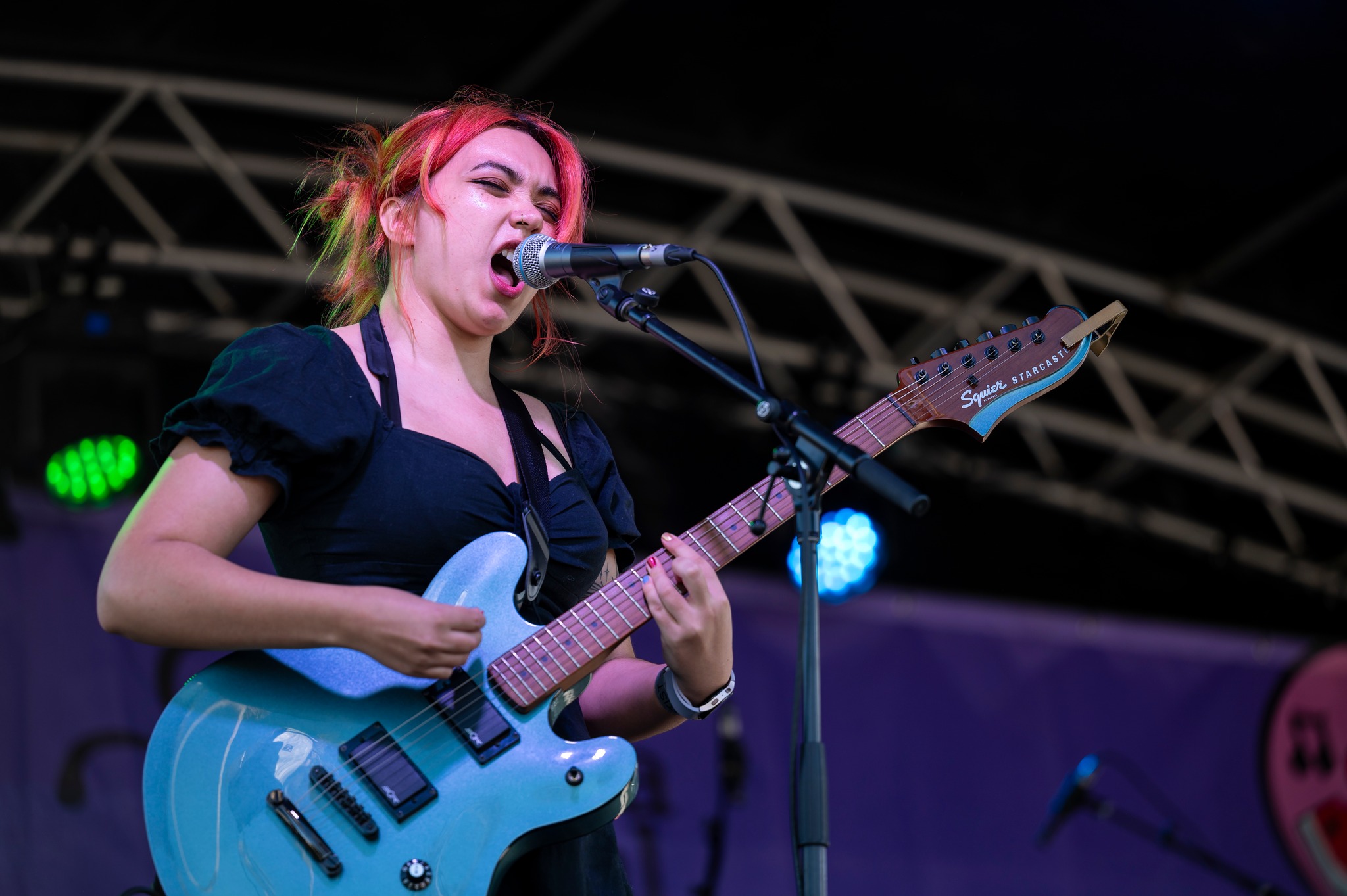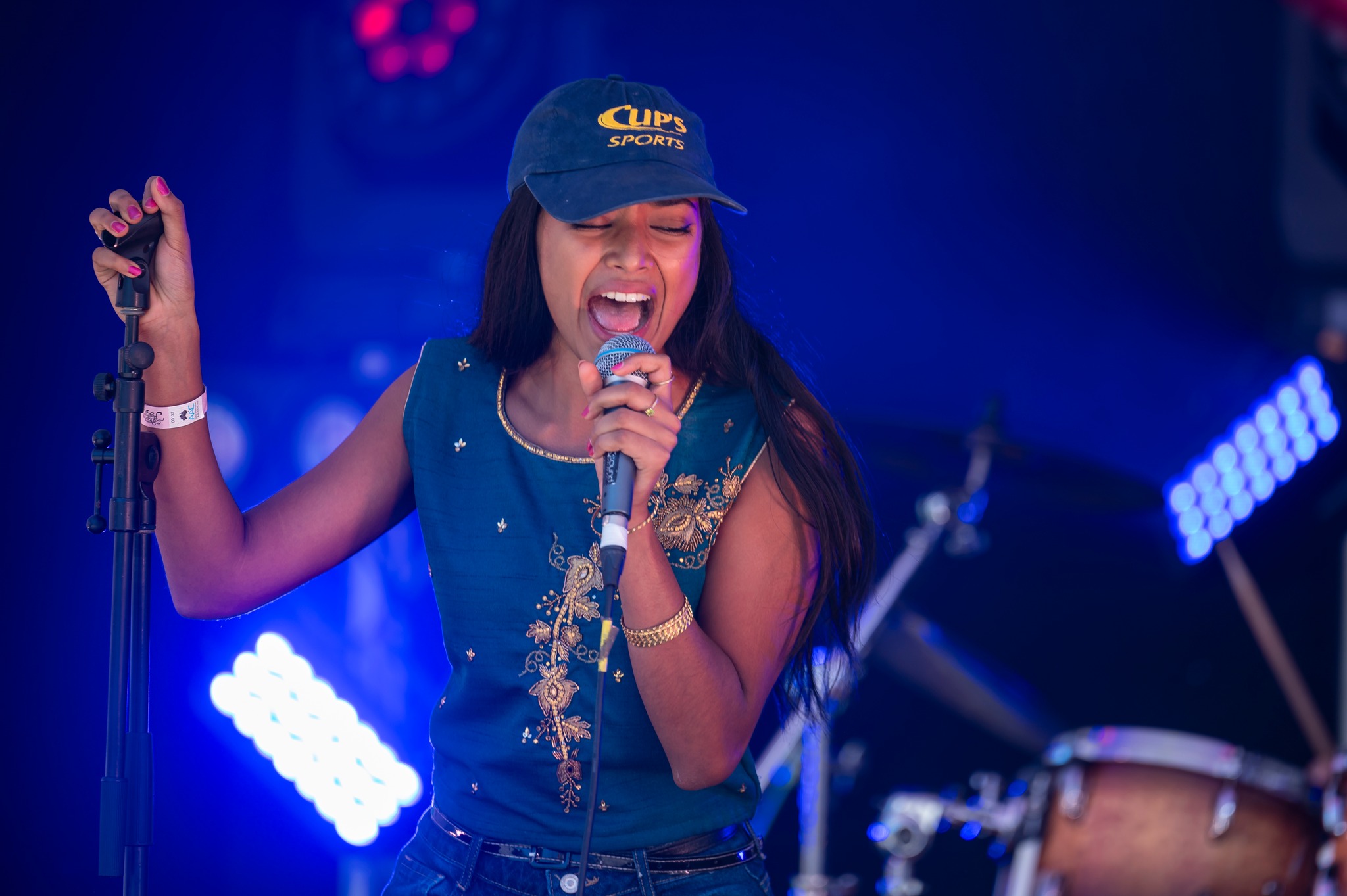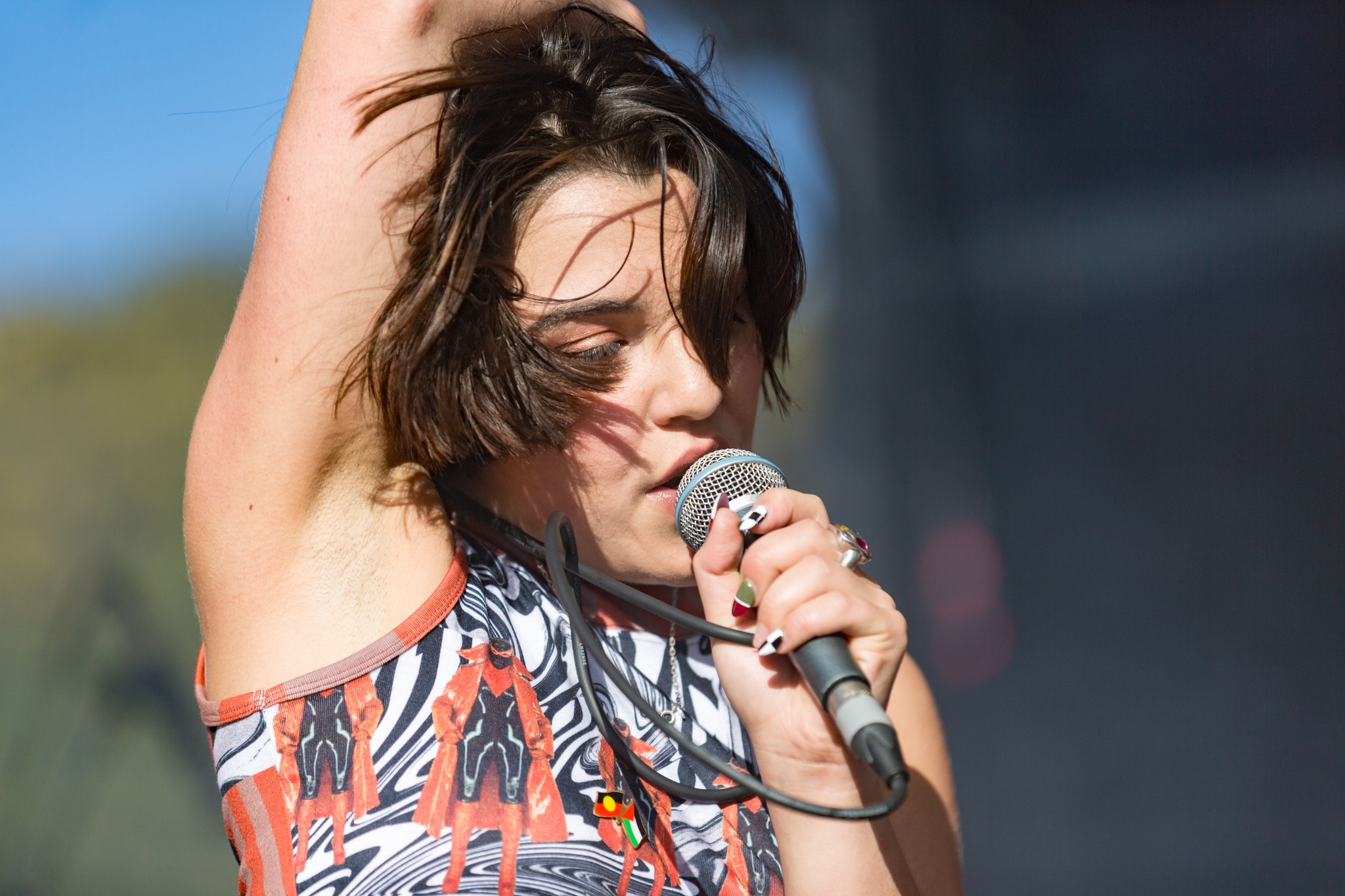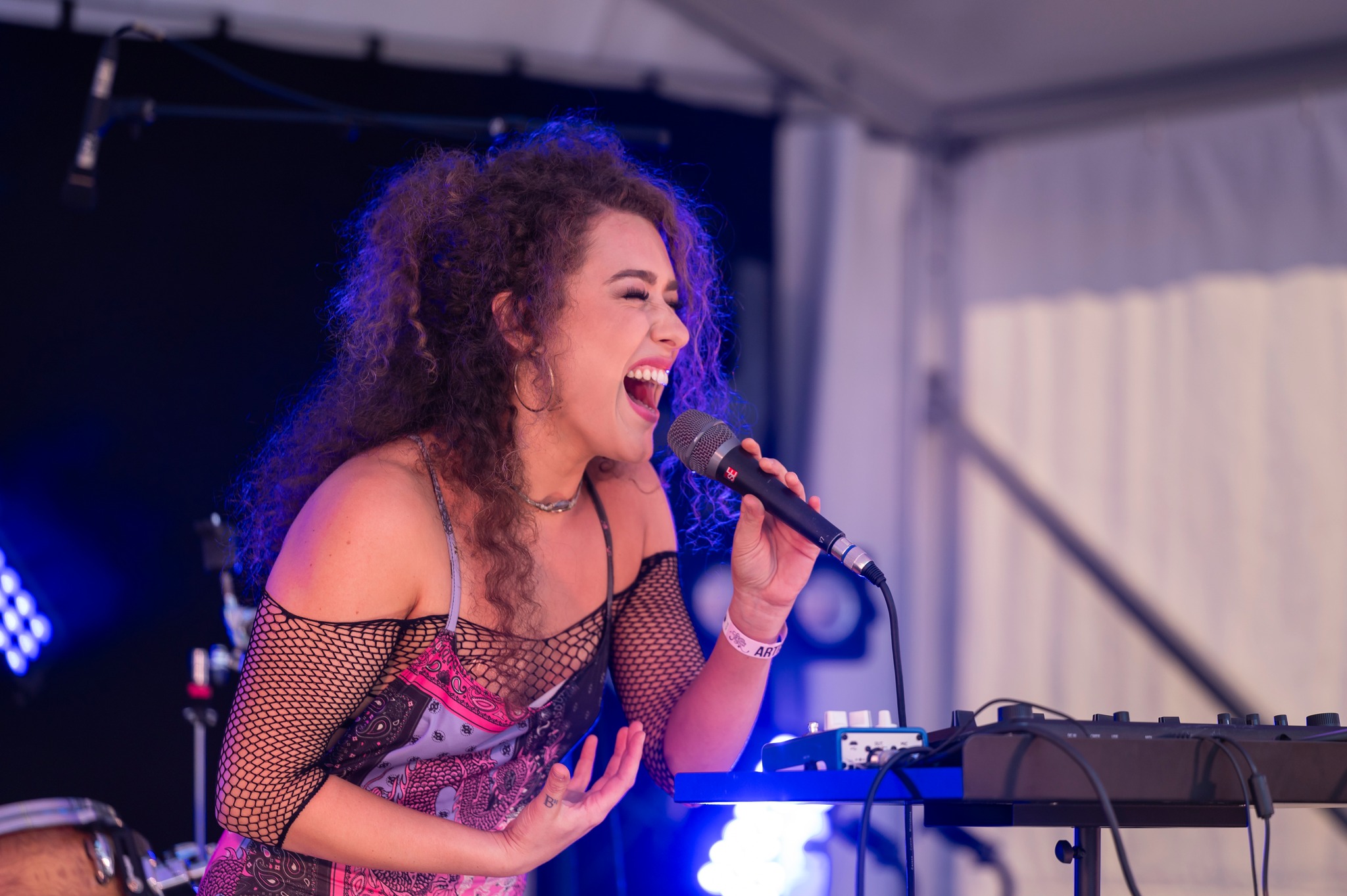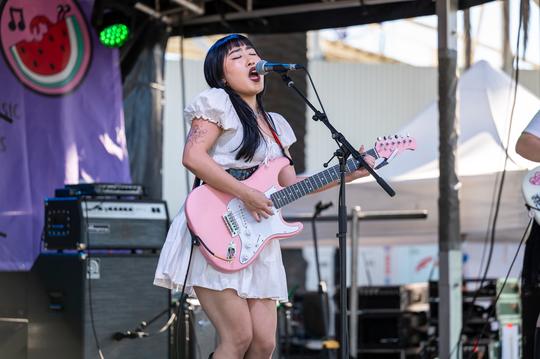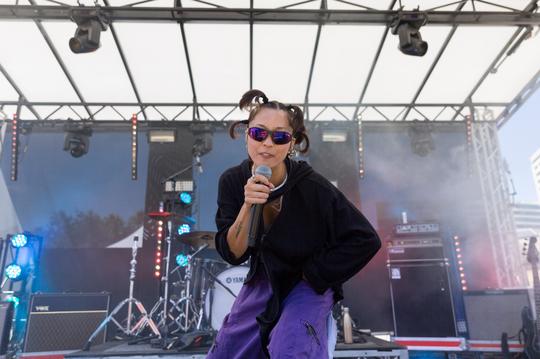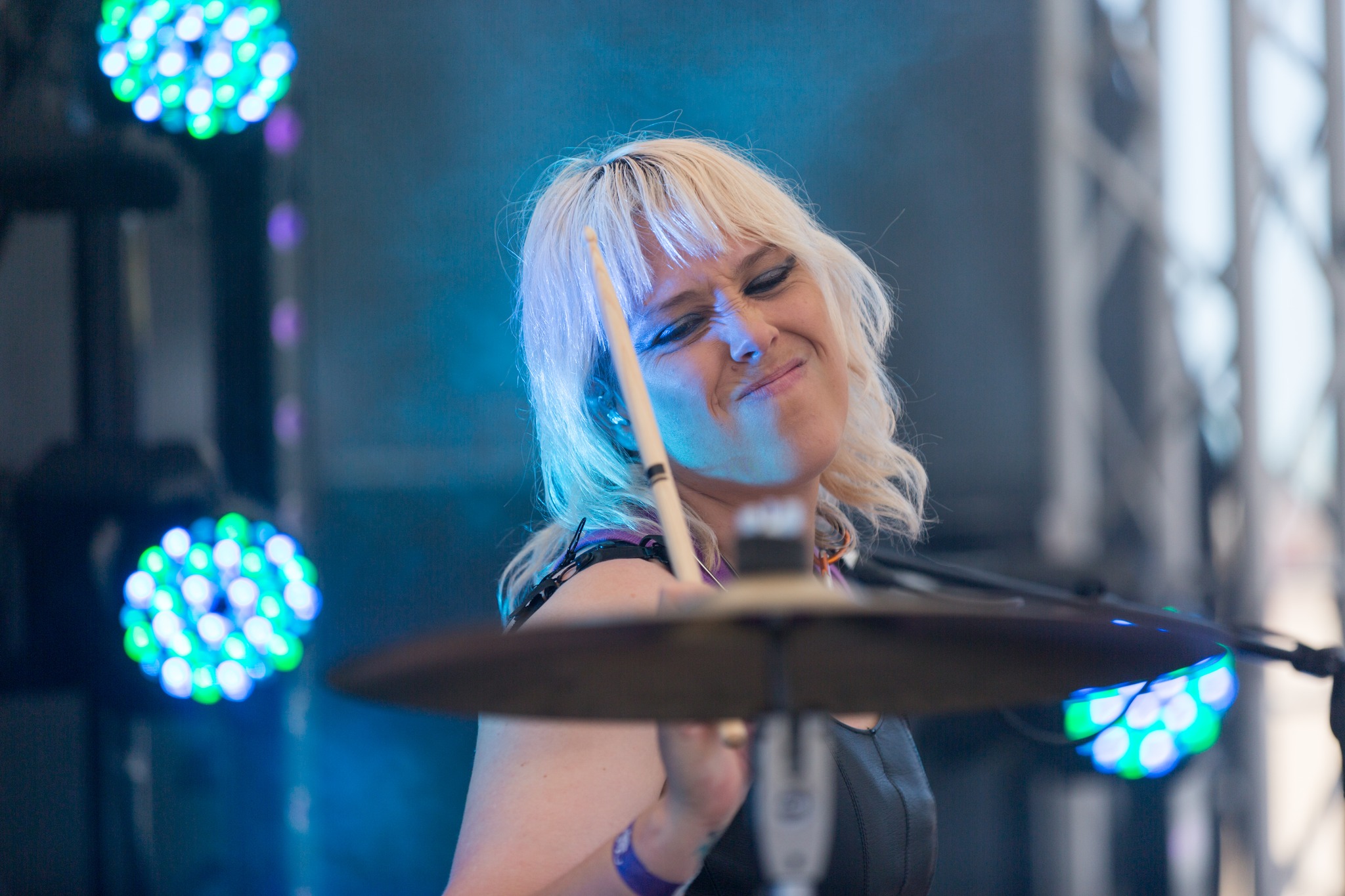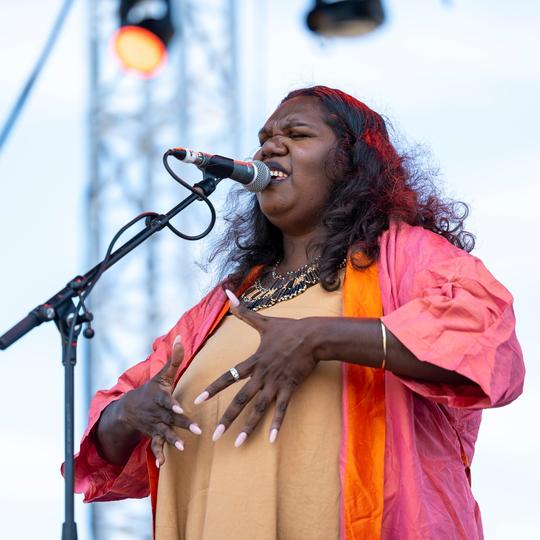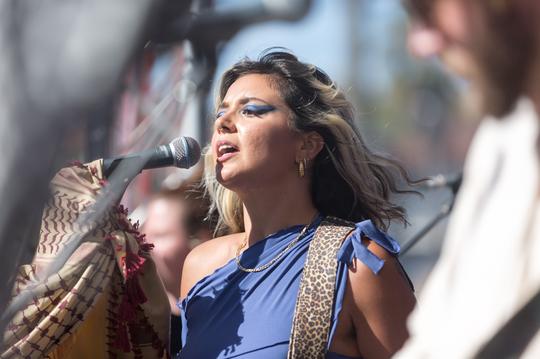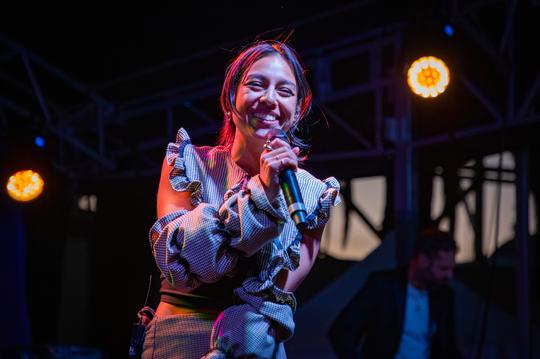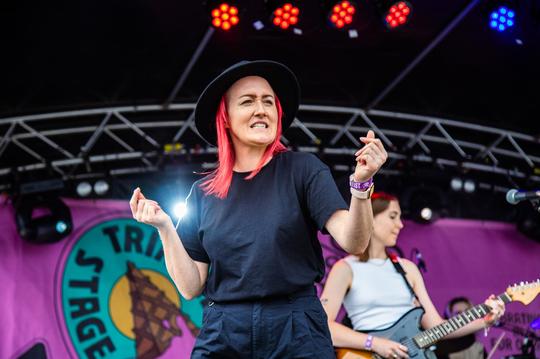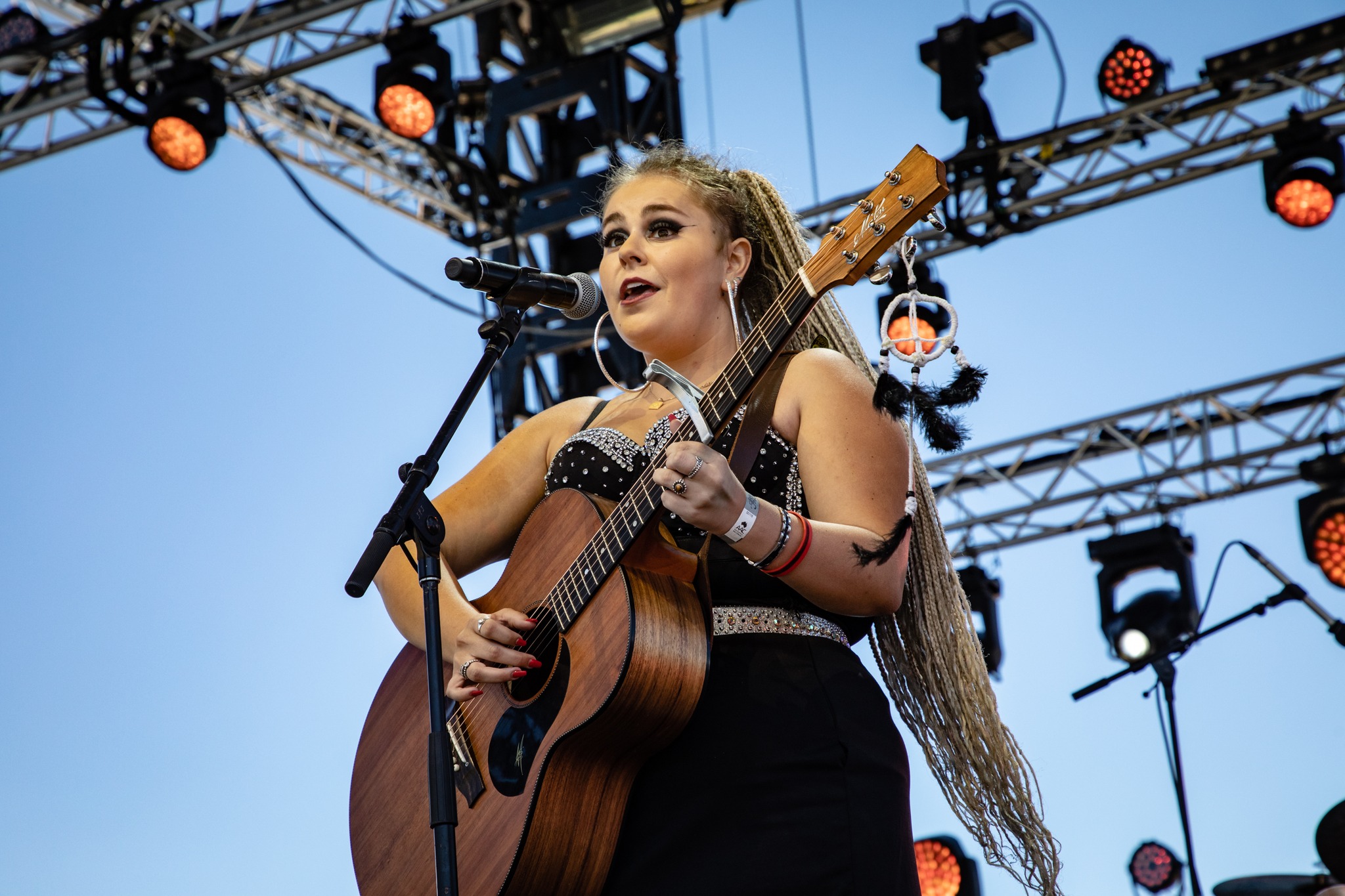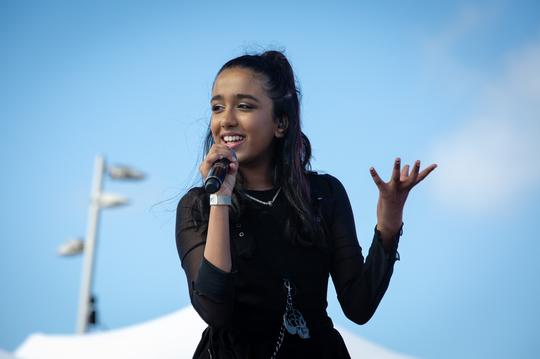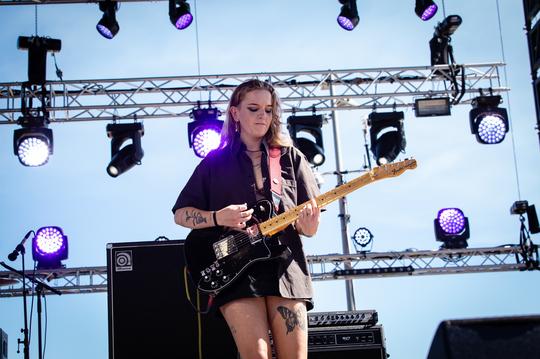St Kilda, a seaside suburb of Melbourne, was originally the
favoured holiday destination and playground of the nouveau riche during the
mid-late 1800s. During this time, St many
superior and prominent hotels were built in St Kilda, where those with money would
stay, dine, dance and meet.
The now infamous Greyhound Hotel opened in St Kilda in 1853 and
was given its name due to Greyhound racing being a popular sport at the time. In
1857 the first train line ran from the city of Melbourne to St Kilda, and directly
opposite the new St Kilda railway station was the Terminus Hotel, also built in
1857. Originally called the Terminus Hotel, it was later renamed The George Hotel
in 1866.
One of the most instantly identifiable and iconic venues in
St Kilda is the Esplanade Hotel or ‘The Espy’. Originally built as the New Bath
Hotel in 1856, its name was also changed to the Criterion, which
became the first live music venue featuring small string quartets and bands. The
hotel was demolished in the 1860s and rebuilt in 1878 and was renamed the Esplanade Hotel, which still stands today. Other hotels that would later become part of the St Kilda live music scene were the St Kilda Inn, which opened in 1853 as the Hare and Hounds, the Grosvenor Hotel built in 1860 and the Duke of Edinburgh Hotel which opened in 1867.
In 1921
alterations were made, changing it from exclusive residential use for the
wealthy to incorporate entertainment for the middle classes, with the addition
at the ground floor of a grand staircase and lounge bar.
The Espy was set to
become one of the largest and most prominent 19th century resort hotels in
Victoria. Between 1920 and 1925, the ‘Eastern Tent Ballroom’ constructed to the
rear of the site became an important jazz and dance venue, for the rich,
hosting music every night. In 1924 the Eastern Tent Ballroom became the primary
spot to party, with overseas jazz musicians brought over to play along with a
constant stream of local artists.
Jazz continued to be big throughout the 1920s and
30s, and more live music venues opened to accommodate its popularity.
The Prince of Wales Hotel or ‘The Prince’ was opened
as a guesthouse in 1862, but its reputation as one of Melbourne’s grandest
hotels did not come about until its rebuilding in 1936.
In 1901, the Duke and Duchess of York opened the
first national parliament making St Kilda part of the newly federated country
of Australia and an entry point for many high-profile visitors. A few years
after this, the St Kilda to Brighton Electric Tramway made it easier for those
in the Elwood area and Brighton beachfront to visit the happenings in St Kilda.
This is perfect timing as the foreshore is gradually transformed, including
some big amusement drawcards attracting thousands of new people.
1912 saw the opening of St Kilda’s first enclosed
cinema, as well as Luna Park, which was illuminated by 15,000 electric lights,
an attraction that drew 22,300 people on opening night. This helped to cement
St Kilda as an entertainment destination where live acts were the main
attraction.
A full band played while people watched high-wire artists,
performing animals and other circus-style acts. James Dixon Williams, a
Canadian who owned cinemas in Melbourne, built Luna Park inspired by a visit to
Coney Island before returning to the States to start a production house that
would eventually become Warner Bros.
The American Phillips Brothers (Herman and Leon) secured the
lease for the land on which they erected Luna Park in 1912 and the large timber
Palais de Danse in 1913 (The former site of The Palace). Next to the Palais
de Danse was built The Palais Theatre, which opened in
November 1927 and is where the current theatre still stands today.
Other amusements developed in the area, such as the Wattle
Path Palais dance hall (later the St Moritz Ice Rink) on the Upper Esplanade,
and the Venue next door, and the Victory Cinema in 1928 on the corner of Barkly
and Carlisle (later the National Theatre). St Kilda served a similar function
for Melburnians as did Coney Island to the residents of New York City with
Acland Street and Fitzroy Street became lined with shops, often built in the
front gardens of the earlier houses, which housed numerous restaurants and
cafes.
Apartment development also concentrated in the area, some in
the gardens of the mansions, some replacing them, or transforming them, with
the result that St Kilda became the most densely populated suburb in Melbourne,
consisting of often single people who moved away from family life, which,
combined with the numerous sometimes late-night amusements, gave the suburb a
racy reputation.
This reputation was exacerbated by the financial ruin that the
Great Depression brought in 1930, and St Kilda became the growing focus of many
of Melbourne's social issues including crime, prostitution and drug abuse. A
once fashionable and elegant suburb had now become a tawdry and downright
criminal one.
With the influx of American soldiers that WW2 brought in
1942, the face of St Kilda began to change. Drinking, dancing and sex became
the norm as the park across the road from The George became one of the
favourite sites in Melbourne for prostitution.
The Prince of Wales hotel was very popular amongst American
soldiers stationed in Melbourne during the Second World War – an officer’s club
was established there to cater to the many officers from Base Section Four
Headquarters in Port Melbourne.
The presence of the Americans attracted a large
number of Australian women eager to engage with these exotic newcomers whose
style and manner was far more desirable than that of the local men. It
therefore gained a reputation as a venue for ‘meeting and mating’.
In the 1950s venues such as Jazz Centre 44 (which is now a
McDonalds) opened, offering plenty of live to the public on Sunday afternoons
and Friday nights.
From 1965, Mirka Mora's Tolarno Hotel became the focus
of many of the local artists. By the mid-1960s the Fitzroy Street area had
become known for prostitution, with a number of strip-tease cabarets, notably
at the once high-class George Hotel.
In 1968, the Palais de Danse, adjacent to the Palais was gutted
by fire. The Palace nightclub was built in its place in 1971 (in 2007 this
building was closed, gutted by fire, and demolished).
Photo Credits:
An 1880s photograph of St Kilda Junction looking south towards the Junction Hotel, cnr Barkly Street/ High Street (now St Kilda Rd) - Public Domain
An 1890 photograph of Fitzroy Street looking toward the three blocks that made up the George Hotel - Public Domain
Esplanade Hotel, 1881 - Source: St Kilda Historical Society
Robson's Figure Eight in 1908 on Lower Esplanade was part of Dreamland, the current site of Luna Park and the Palais Theatre - Source: Public Domain
The Palais – late 1930s, Photographer unknown
Stardust Lounge and Palais de Danse on fire in 1968 - Source: Public Domain
TITS, The George Hotel, c.1971 - Photographer Unknown
